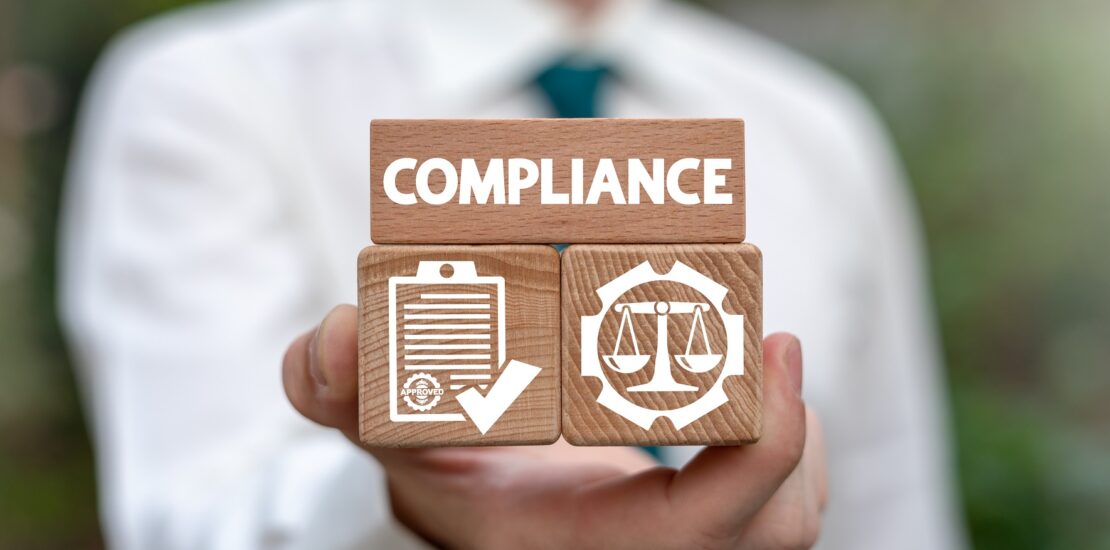4 Ways to Create an Efficient Compliance Culture Across Your Organization
- July 27, 2023
- Category: Compliance Management

Recommended Reading
A reactive approach to compliance management can expose any business to larger regulatory or reputational risks. This explains why tightly regulated collection businesses must find ways to become risk intelligent and think beyond the usual compliance risk management. One behavioral aspect of becoming risk intelligent involves creating and promoting a strong compliance culture within your organization.
With a strong compliance culture in your organization, you can minimize threats to your business’s reputation, data privacy infringement, and lack of disaster preparedness in addition to the obvious benefit of minimalizing regulatory and legal violations that often come with huge costs. Thankfully, you need not think outside of the box to solve the compliance culture puzzle. All it takes is continuous measurement and the disciplined use of processes. The following below-mentioned tips can help you create an efficient compliance culture across your organization in 2023 and beyond.
Make conducting regular risk assessments and audits a habit
The two most critical pieces of maintaining strong compliance culture include regular risk assessments and audits (internal, client as well as for your vendor relationships). While an assessment is more of a front-end analysis of potential risks, the audits measure how well your compliance management is working to maintain compliance.
Regularly reviewing compliance risks not only helps to ensure that your firm constantly questions the effectiveness of your compliance program and better identifies potential new risks – but it is also indispensable for demonstrating a robust compliance culture to clients and external auditors, including CFPB auditors.
As a rule of thumb, regularly (not only after an incident) identify compliance areas that need to be audited as per your risk assessment(s) findings. Subsequently, establish an audit plan and timeline to avoid process inefficiencies and operational disruptions with the right team members required for the audit.
Turn leadership into advocates for top-notch compliance
One of the primary obstacles to compliance as a cultural trait is the gap between the C-suite’s own lens of compliance and the rest of the company. However, if compliance becomes part of your company’s DNA, your team will be better positioned to navigate the regulatory complexities.
Leaders at all levels are often in influential positions. So, it is important that they become active participants in creating a culture of compliance. If it is not done already, request your leadership to define and implement a list of core values that make up the bedrock of your company’s commitment to legal and regulatory compliance.
To make everyone in the company aware of the risk(s) and why they need to collaborate with the compliance department for risk assessments and compliance audit(s), leadership should keep their messaging about compliance in sync with business imperatives. To help leaders simplify their message and communicate the importance of compliance to their respective departments, data can be used to demonstrate vulnerability and the cost associated with each vulnerability.
Showcase your commitment to compliance resilience in your training material
Establish a learning management training system (LMS) or classroom training to make everyone aware of compliance risks and potential threats of non-conformity to the company/client policies. Remember – long-term learning isn’t necessarily about mastery. It’s a game of repetition, practice, and ultimately, measurable growth. Face-to-face training sessions and online training courses on LMS are mostly used for more formalized training. Using the same methods, you can mix up the content you tend to deliver. Videos, webinars, slideshows, and more—when brought together, can create a dynamic learning experience, and make a complex subject like “compliance” interesting for new hires and existing employees alike.
Operationalize a robust compliance culture with cutting-edge tools
To increase collaboration and functional integration among all those involved in various areas of compliance, including senior managers and the compliance and risk management teams, there should also be an automated workflow in place to deal with the complete compliance process. This workflow can be easily created with advanced compliance management systems such as IPACS – Integrated Policy Audit and Compliance Solution.
IPACS empowers you to manage policies and procedures, monitor audits, test agents (on CFPB rules, data protection, regulatory complaints, etc.), and timely update rulebooks that directly help you build compliance resilience in your organization. If you too are looking for newer and better ways to achieve and promote compliance culture across your business, reach out to us here.







